Digital Payment Methods: What You Need to Know
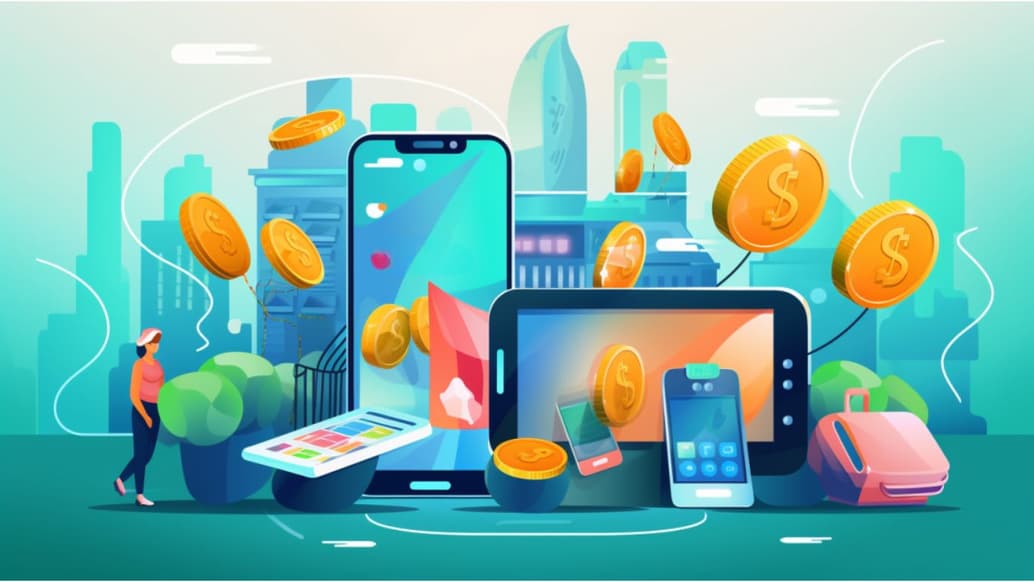
Modern payment methods continue to refine as the years go by. Current trends related to digital payment channels include personalizing customer experience and a heavier focus on international transactions.
Basically, the influence of digital payment methods on the financial landscape is undeniable. By 2027, it is estimated that the global digital payment market will reach more than $14 trillion, while the services themselves will become even more secure and convenient.
In this article, you will learn about the most widely used digital methods of payment, their benefits, security considerations, and fraud protection practices implemented in them.
What is a Digital Payment?
So, what is a digital payment method? Briefly, it is the way to transfer funds from one account to another via mobile wallets or apps. These kinds of payments are also called electronic or e-transfers.
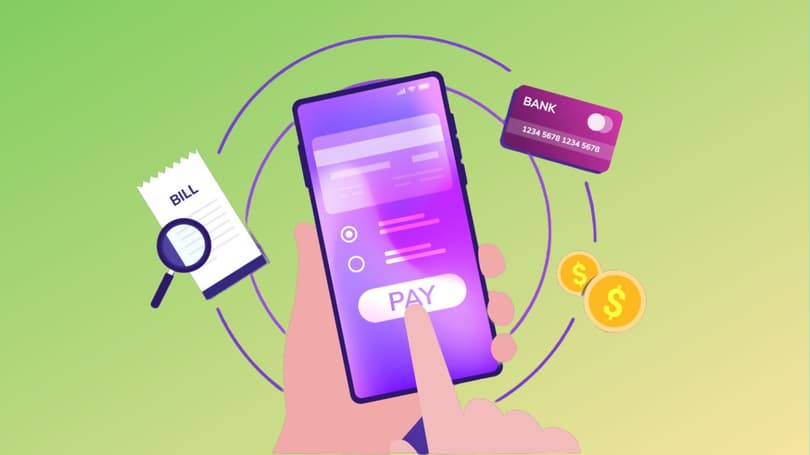
Today, these kinds of payments are an indispensable part of the modern financial system, and they continue to shape the global financial landscape, delivering the next benefits:
- Ease of use. Digital payments offer convenience as they provide the ability to make payments in a few clicks.
- Security. E-payments are more secure than traditional ones because of the latest tech practices for data protection and encryption.
- Payment efficiency. With the help of digital payment services, you can make transactions on the go, which will be processed almost instantly.
- Accessibility. Digital payments eliminate the need for having cash in your pockets or visits to the bank, saving time and effort. The only tool you require is a mobile phone or other compatible device with a dedicated app connected to your bank account.
- Huge variety. Modern digital payment methods are diverse, so both individual users and businesses can choose the options that will cater to their needs to a tee.
What Are the Types of Digital Payment Methods?
Now that you have the answer to what digital payment methods are, let’s check out what types of digital payments available today. There are some types of digital payment methods that are popular for everyday life and some that are more suitable for startups and business owners. Here are some examples of electronic payment methods:
Mobile Wallets
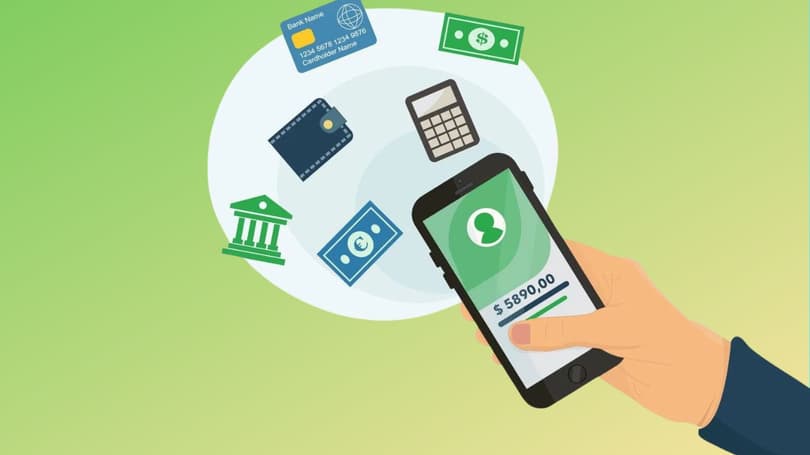
Mobile wallets, e-wallets, or digital wallets are mobile payment apps intended for storing, managing, and sending money between personal and business accounts. They also feature ease of use and unparalleled security, which makes them a perfect digital payment method for businesses. Popular mobile wallets are Apple Pay, Google Pay, Samsung Pay, and PayPal.
Online Banking
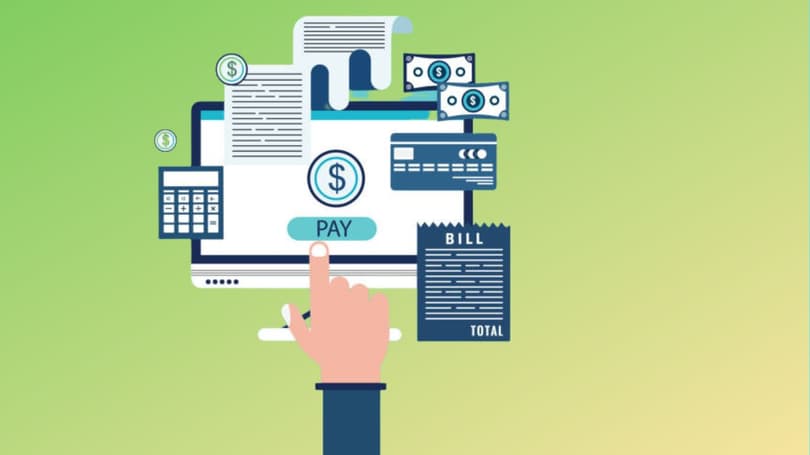
Online banking probably needs no introduction since the majority of modern banks provide the opportunity to transfer funds using their website or mobile app. To leverage such an option, you should be a customer of a certain bank and have an account on a bank-branded website or app. Then, you can manage your finances in a few clicks.
Peer-to-Peer (P2P) Payment Apps

These digital payment solutions allow users to send and receive money to/from their friends and families and are not intended for business use. One of the main benefits of P2P payment apps is their low fees and convenience, which enable users not to spend a lot of money on one-to-one transactions. Some even come with multicurrency support, so the users can make cross-border transactions in different currencies. The most popular examples are Cash and Venmo apps.
Contactless Payment Systems
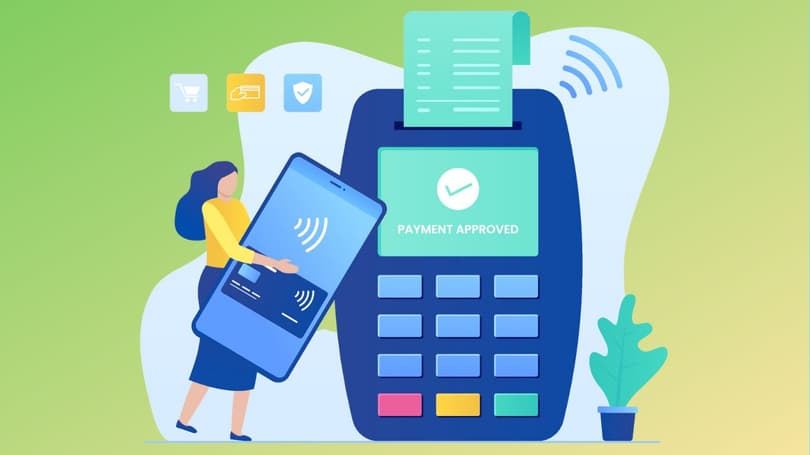
Contactless payments are now mainstream and available on almost all wearable devices, such as smartphones, watches, and even rings. It became possible due to a near field communication technology (NFC) that allows for making payments without using a bank card. You just have to unblock your device and bring it to the POS terminal, the money for the purchase will be withdrawn automatically.
Cryptocurrency Payments
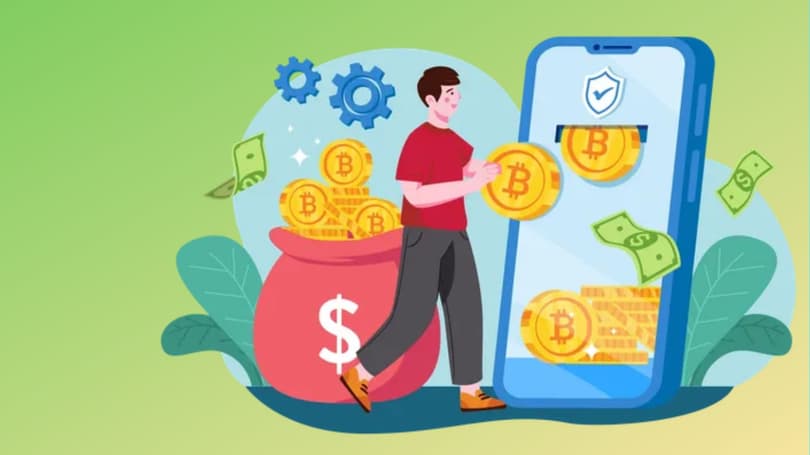
Cryptocurrency is a virtual or digital currency protected by cryptography. This type of currency is usually not controlled or even supported by banks or the government, so it is very volatile. This payment option offers users transparency in payments, but all the transactions made in such a way are irreversible.
Security and Privacy Considerations
What about the security when it comes to digital payment services? Some users mistakenly think that all the transaction methods of digital payment systems are not safe because of the constant news about hacker attacks. However, e-payments are based on innovative technologies that ensure safety for all transactions.
Security of Transactions

The security measures include encryption and authentication. In simple terms, encryption is the process of converting data or information into an encoded form, which is unreadable and therefore protected from unauthorized access.
The user also needs to pass authentication, which is the process of verifying their identity before each transaction. This prevents unauthorized access and protects financial information. Authentication methods include:
- Passwords and PINs: To verify their identity, users generate a unique set of characters or numbers.
- Biometrics: This includes fingerprint scanning, facial recognition, or even iris scanning in some modern devices.
- Two-Factor Authentication (2FA): The user needs to go through two stages of verification, which may include a password and an SMS code.
- Digital Certificates: A user may have a digital certificate to verify their identity.
Through encryption and authentication, users can securely make transactions and store information in an ultimately protected way.
Fraud and Consumer Protection
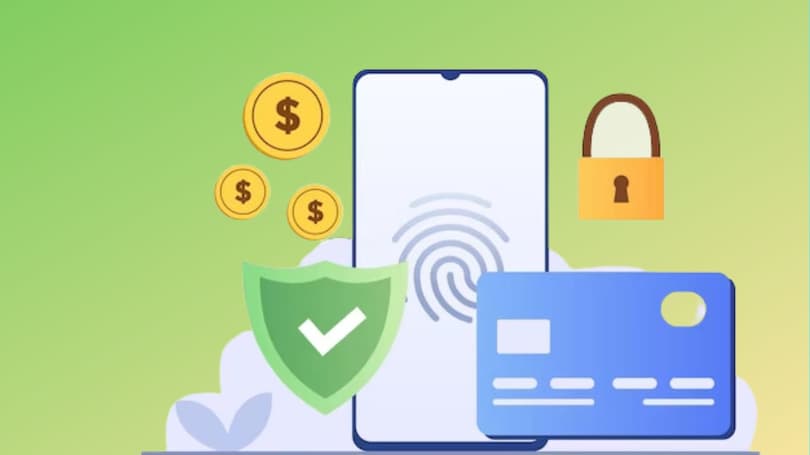
When it comes to fraud prevention and consumer protection, digital payment systems use some advanced practices as well. Below are the most common ones:
- Security Measures. Encryption, firewalls, multifactor authentication, and advanced fraud detection algorithms can be used to protect customer data as well as to prevent unauthorized access.
- Transaction Monitoring. Depending on the country’s legislation, some transactions can be monitored by the government to prevent fraud.
- Secure Payment Technologies. Tokenization, contactless payments, and EMV (chip and pin) help to avoid fraud when using credit cards.
- Consumer Protection Laws. The government enacts consumer protection laws to ensure transparency and accountability in financial transactions.
- Dispute Resolution Mechanisms. Financial institutions also have mechanisms to resolve disputes and complaints related to fraudulent activities.
All of the above measures are designed to prevent fraud and protect consumer rights regarding digital payment options. This allows financial institutions to ensure secure transactions and maintain confidence in the financial system.
Conclusion
Methods of digital payment systems continue to gain more popularity and become more expanded with their selection of features. By taking a close look at all the peculiarities of payment solutions, you can decide which one will work best for your personal or business needs. Just test them in practice to get the right one for your purposes.




![Afterpay for Amazon: A Complete Guide [2025]](https://rates.fm/static/content/thumbs/385x210/c/12/d67j2j---c11x6x50px50p--38b1a98a741b6c488aa919434f8ea12c.jpg)